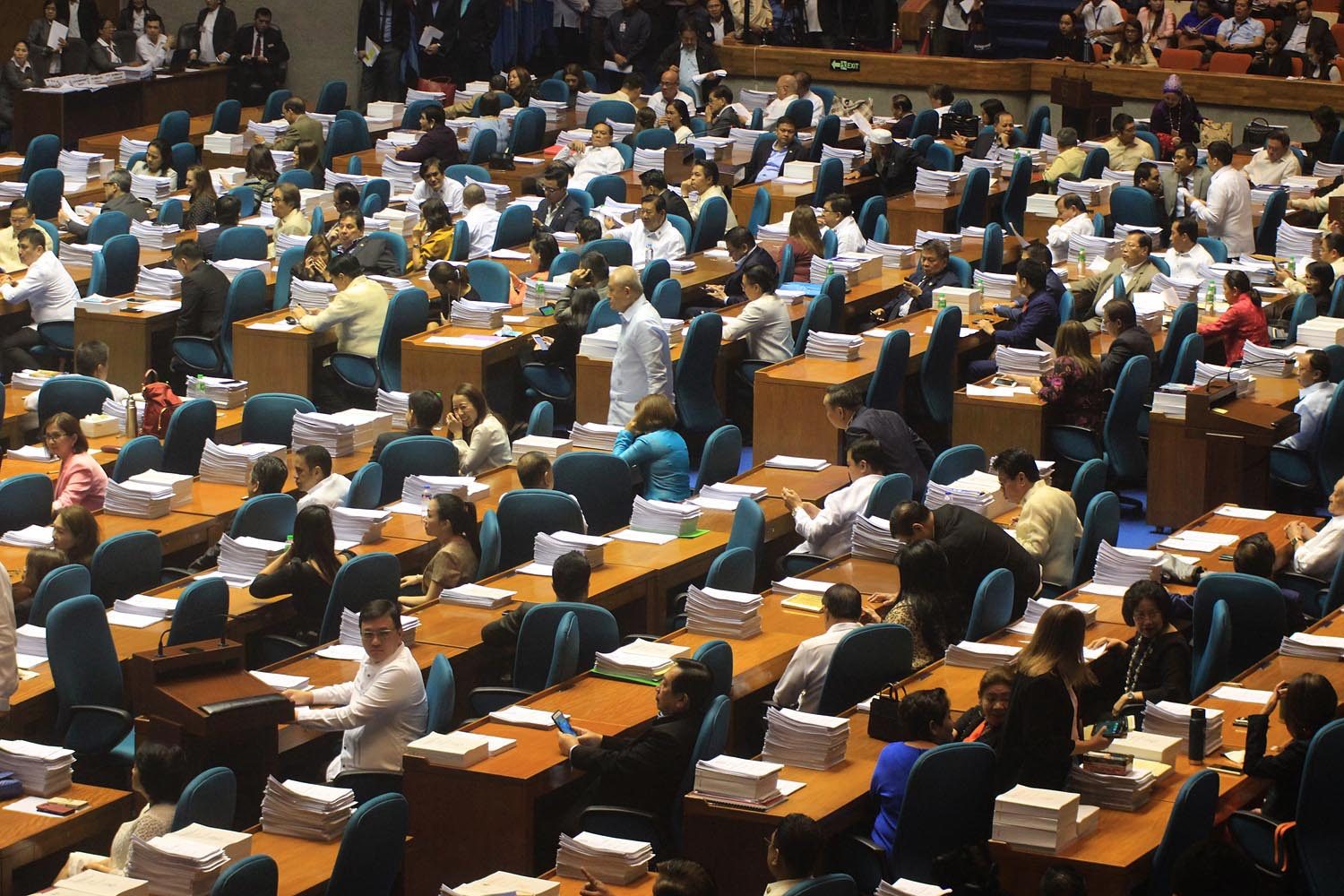SUMMARY
This is AI generated summarization, which may have errors. For context, always refer to the full article.


MANILA, Philippines – A House sub-committee on constitutional amendments presented on Tuesday, January 16, its proposals for a possible structure of government in a federal Philippines.
The sub-committee 1 was tasked to review Articles VI, VII, and X of the 1987 Constitution, which cover the legislative, executive, and judicial branches of government, respectively.
Legislative power, under a federal form of government, will be composed of the Federal Assembly, the Senate, and the legislative bodies of the respective regions.
The Federal Assembly resembles the current House of Representatives, with not more than 300 members composed of district representatives (80%) and party-list representatives (20%).
Each State should have 3 seats in the Senate.
The President, under this proposed new form of government, will be elected by direct vote and will have a term of 5 years with one re-election. As head of state, the President has oversight powers over all branches, heads foreign relations. He will be the commander-in-chief of the Armed Forces of the Philippines, and will have apppointing, pardoning, and residual powers, among others.
The Prime Minister, is the head of government. He or she is elected by members of parliament. The Cabinet and the Prime Minister will constitute the government and exercise executive powers.
The Prime Minister’s job includes preparing the program and annual budget of the government, execution of all laws, and entering into contracts on behalf of government.
Read a summary of the sub-committee’s proposal here:
Add a comment
How does this make you feel?
There are no comments yet. Add your comment to start the conversation.